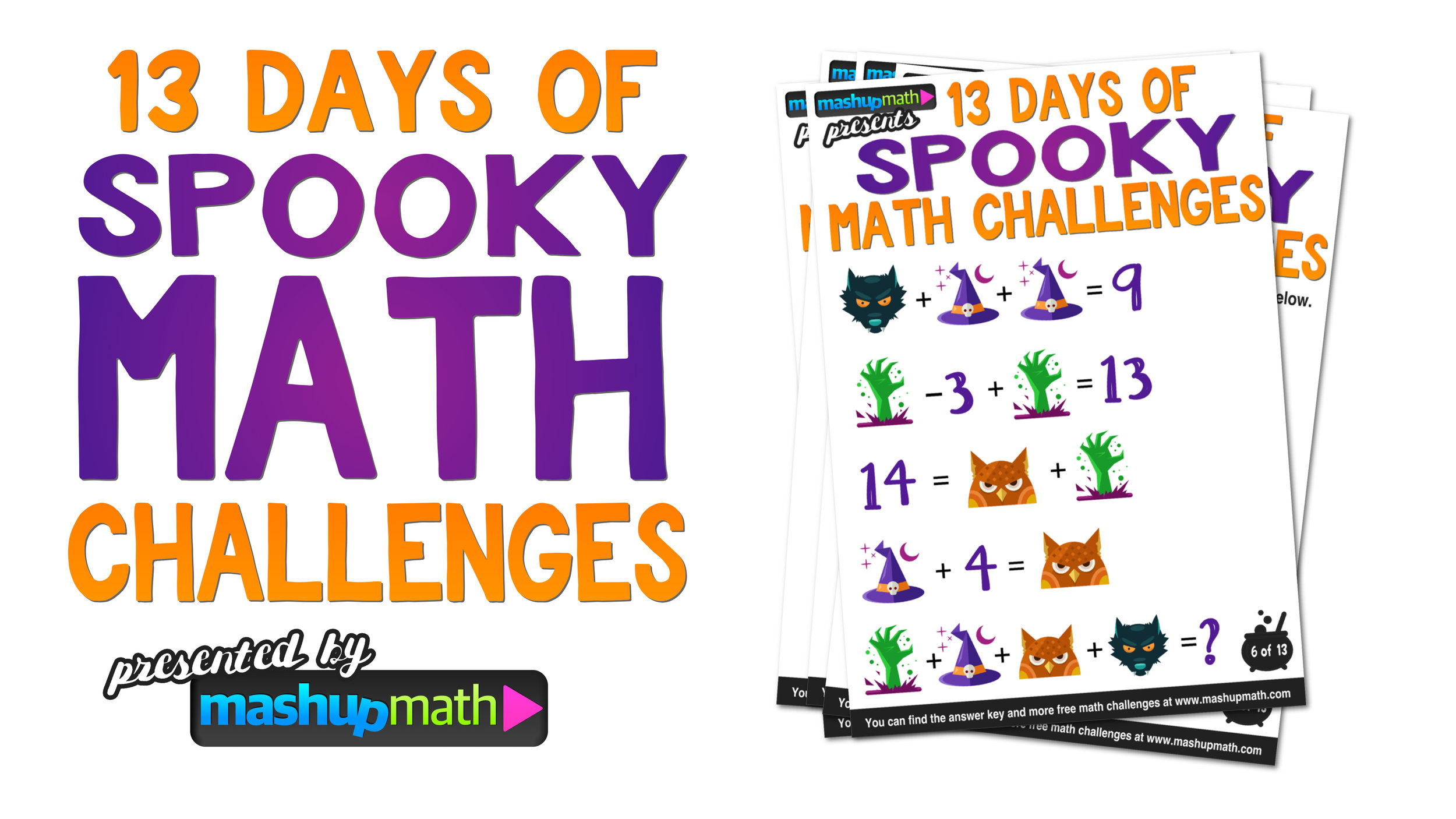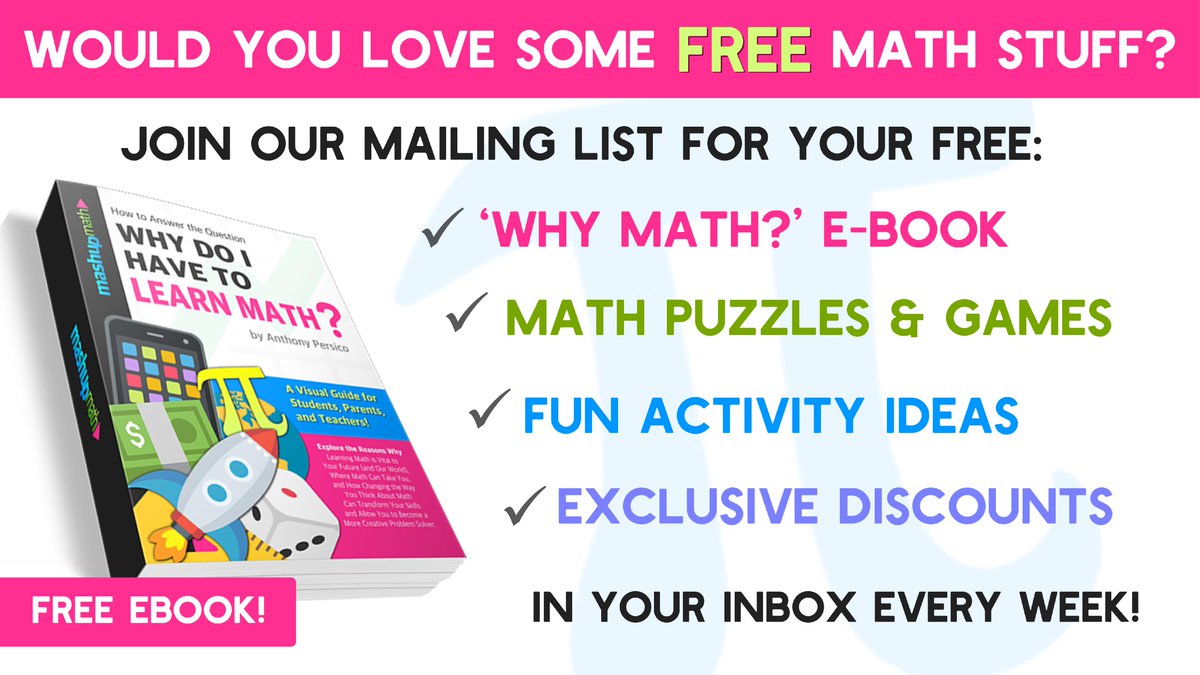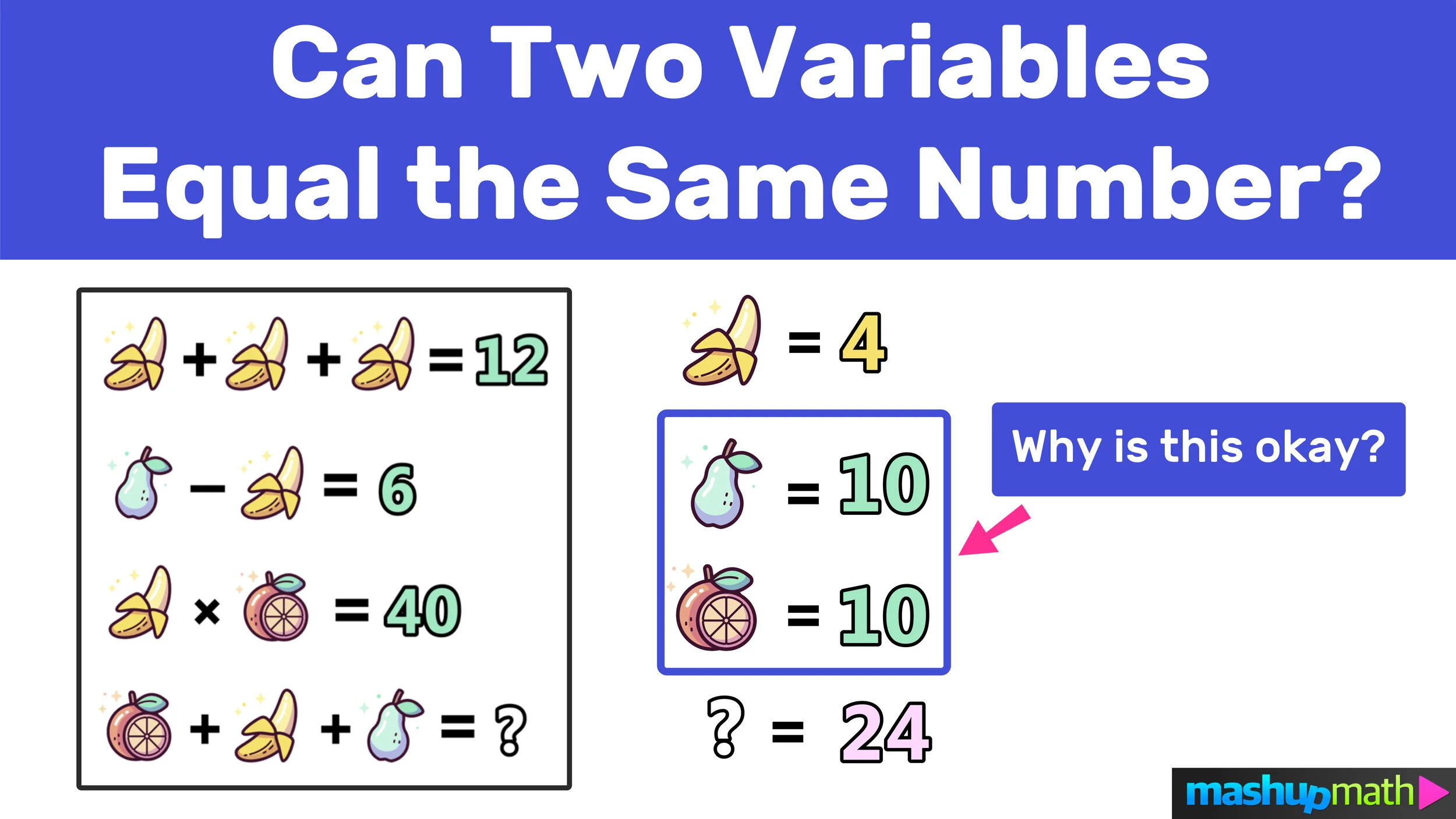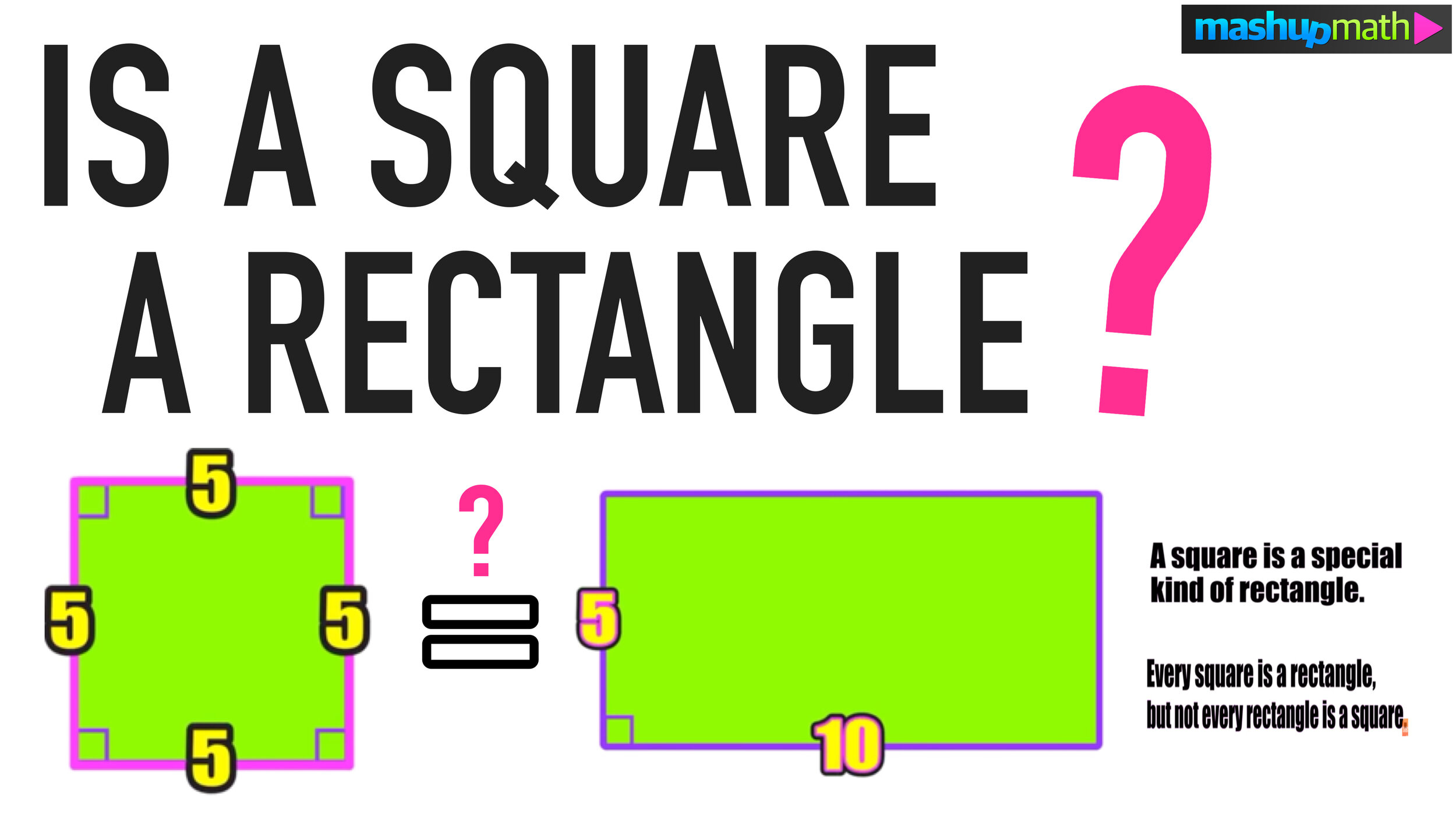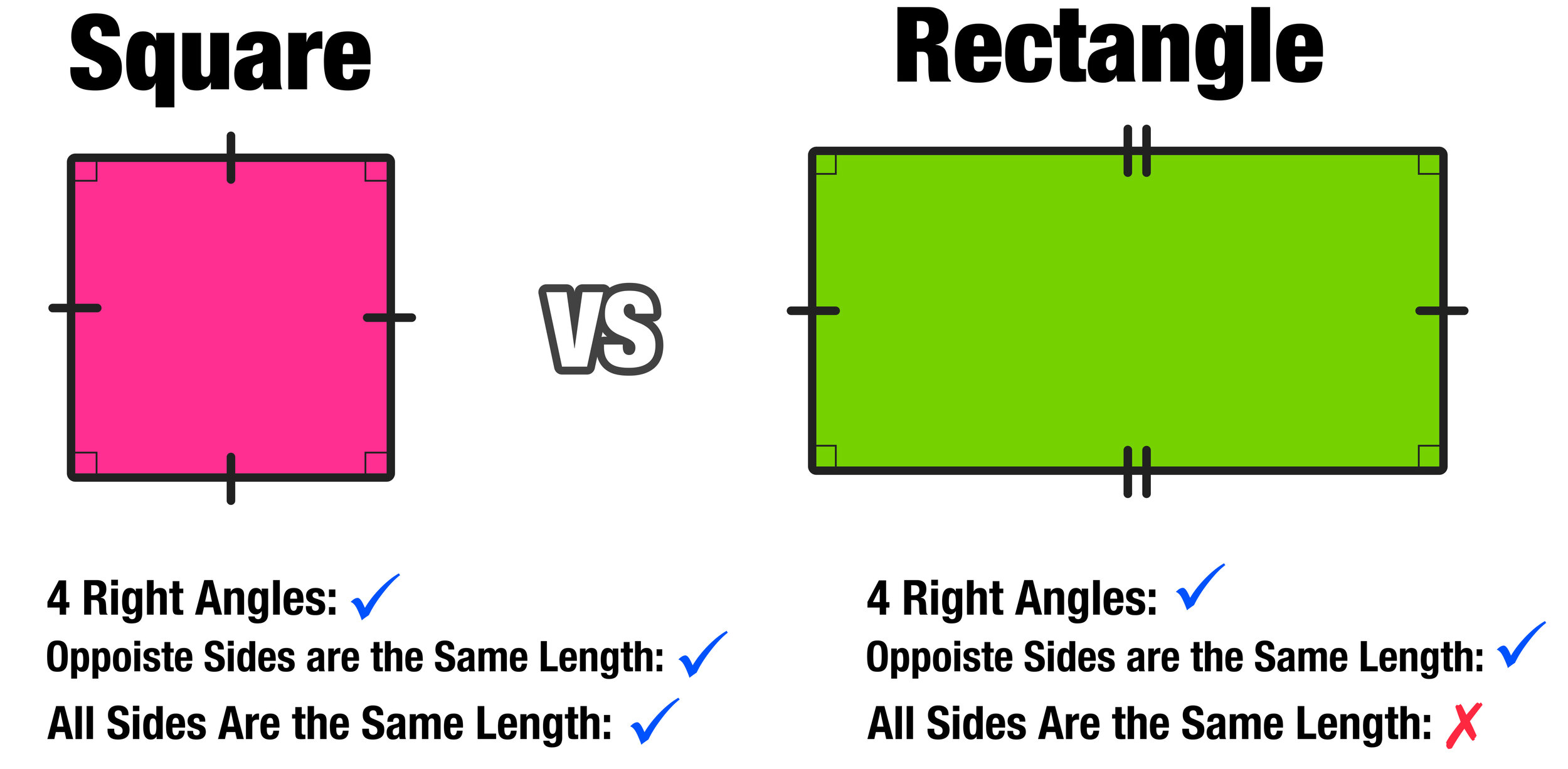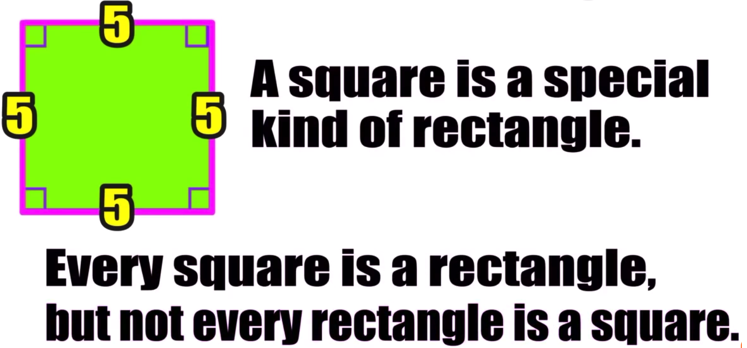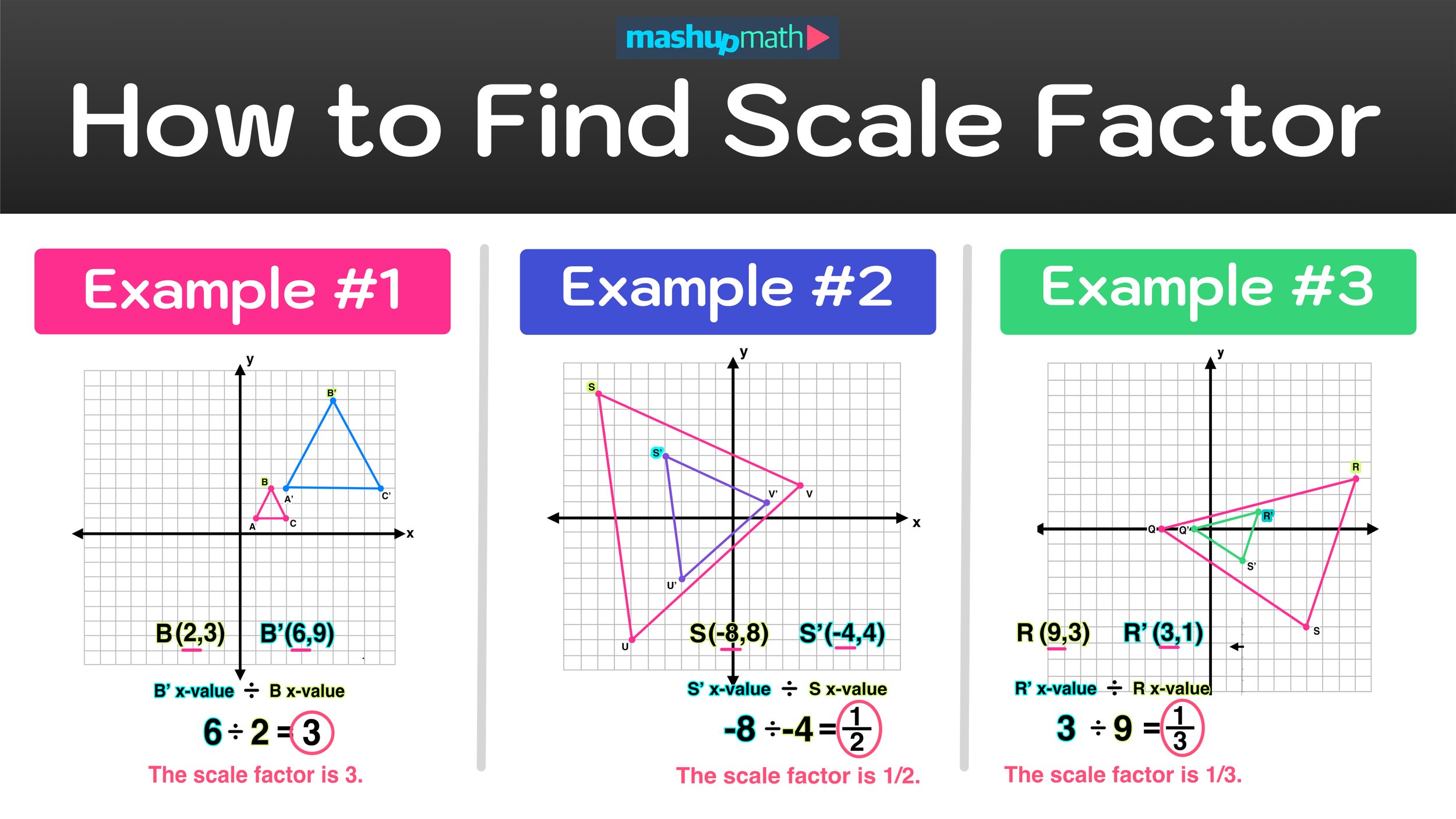Halloween Math Activities for Grades 1-8
Add these super fun (and extra spooky) math puzzles to your collection of Halloween Math Activities for elementary and middel school students. Enjoy!
Are you prepared to keep your students focused on learning math during the excitement of the Halloween season?
Sometimes it takes more than an extra shot of espresso in your pumpkin spice latte to get the job done and savvy math teachers know how to channel their student's excitement into holiday-themed activities.
And since preparing activities can be time-consuming (and you're already so busy this school year as it is), my gift to you this Halloween season is 13 Days of Spooky Math Challenges!
The following printable Halloween Math Worksheets allow you to inject a little bit of spooky mathematics into your lessons this month.
Each puzzle is a sample from our best-selling workbook 101 Daily Math Challenges for Engaging Students in Grades 3-8, which is available as a PDF download and as a hard copy on Amazon.
Each Halloween Math Worksheet shares a challenge question (answers are included) appropriate for all elementary and middle school grade levels - they are perfect for warm-ups, exit tickets, and homework and extra credit assignments.
Parents can also share these fun challenge questions with your kids to keep them engaged and thinking mathematically this fall.
Now let's get problem-solving!
Download Instructions: You can download any of the challenges by right-clicking the image and saving it to your computer or by dragging-and-dropping each image to your desktop.
1.) Day 1 of 13
(Hint: Notice that it takes two black cats to make one pumpkin!)
Black Cat = 6
Cauldron = 14
Pumpkin = 12
? = 8
2.) Day 2 of 13
(Hint: Start with the bucket!)
Candy = 9
Zombie = 1
Bucket = 7
Cat = 5
? = 35
Share this puzzles with your students on Halloween day!
3.) Day 3 of 13
(Hint: Notice that the pumpkin and the witch's hat have the same value!)
Ghost = 8
Bat = 1
Pumpkin = 4
Witch's Hat = 4
? = 31
4.) Day 4 of 13
(Hint: Start with the haunted house and don't forget order of operations)
Spider Web = 10
Witch = 5
Moon = 7
Haunted House = 8
? = 30
“I always look forward to getting my Mashup Math newsletter email every week. I love the free activities!” -Christina R., 5th Grade Math Teacher, Dallas, TX
Do YOU want free math resources, lesson activities, and puzzles and games for grades 1-8 in your inbox every week? Join our mailing list and start getting tons of free stuff (including a free PDF eBOOK)!
5.) Day 5 of 13
(Hint: Start with the ghost first!)
Ghost = 13
Scarecrow = 4
Tree = 7
? = 16
6.) Day 6 of 13
(Hint: I know it's scary, but start with the zombie hand!)
Werewolf = 5
Witch's Hat = 2
Zombie Hand = 8
Owl = 6
? = 21
7.) Day 7 of 13
(Hint: To find the haunted house, think about what value that when subtracted from 12 equals that same value!)
Ghost = 25
Broom = 15
Haunted House = 6
? = 16
Are you looking for more daily math challenges and puzzles to share with your kids?
My best-selling workbook 101 Math Challenges for Engaging Your Students in Grades 3-8 is now available as a PDF download!
8.) Day 8 of 13
(Hint: All candy bags are created equal!)
Candy Bag = 9
Bats = 10
Boo! = 9
Witch = 1
? = 20
9.) Day 9 of 13
(Hint: Each value comes from doing something to the previous value)
Case #1: ? = 35 (each value increases by one more than its difference with the previous value: +4, +5, +6, ...)
Case #2: ? = 95 (each value increases by twice its difference with the previous value: +6, +12, +24, ...)
Case #3: ? = 121 (each value increases by the square of the difference with the previous value: +3,+9,+27,...)
10.) 10 of 13
(Hint: The growth pattern is exponential!)
1,3,6,10,...
Notice that the first value increases by 2, the second value increases by 3, the third value increases by 4, etc.
Case 5: 15 Zombies
Case 8: 36 Zombies
What about case 100?
11.) Day 11 of 13
(Hint: Remember the multiplicative identity!)
Vampire Lips: 0
Moon = 1
Pumpkin = 2
Frankenstein: 0
Black Cat = 4
Zombie Hand = 5
12.) Day 12 of 13
(Hint: You need to visualize this situation by drawing a diagram and/or using manipulatives and colored pencils or markers!)
Case 4: 25 Faces
Case 5: 36 Faces
Case n: (n+1)^2
*This question was inspired by Jo Boaler's TED Talk: How You Can Be Good at Math and Other Surprising Facts About Learning.
13.) Day 13 of 13
(Hint: Think about what kinds of values have a product ending in 5.)
25 x 13 = 325
Bat = 20
Pumpkin = 5
Witch = 10
Leaf = 50
Ghost = 60
Save the tricks and the treats (except for the bite-sized Twix bars - those I'll take), I just want your input. Please (oh please, oh please) share your thoughts in the comments below!
Looking for more fun math resources to share with your kids? Click here to subscribe to our YouTube channel and access our free video library--and don't forget to subscribe!
(Never miss a Mashup Math blog--click here to get our weekly newsletter!)



